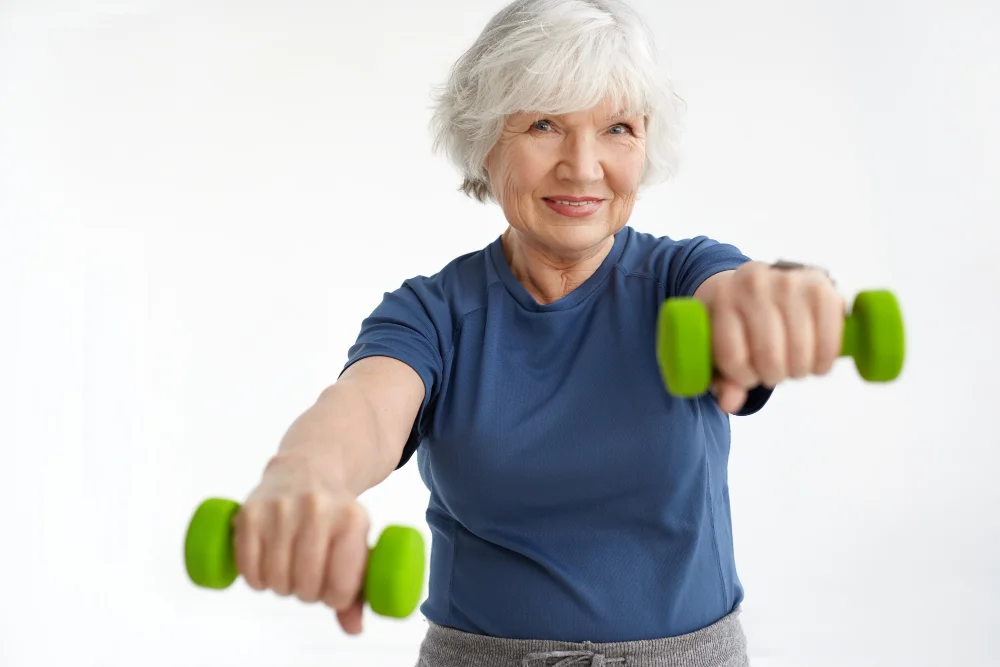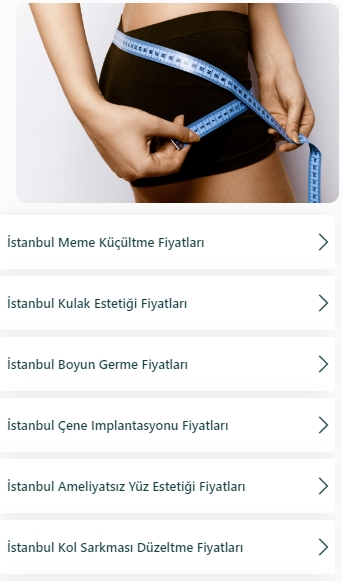
Exercise in Osteoporosis: The Right Movements to Protect Your Bone Health
- Exercise in Osteoporosis: The Right Movements to Protect Your Bone Health
- Effects of Exercise on Osteoporosis
- The Most Suitable Types of Exercise for Osteoporosis
- 1. Weight-Bearing Exercises
- 2. Resistance Exercises (Muscle-Strengthening Exercises)
- 3. Balance and Coordination Exercises
- 4. Stretching and Postural Exercises
- Important Considerations While Exercising
- Conclusion
Osteoporosis is a chronic disease that causes a decrease in bone density, making bones fragile and more prone to fractures. It is particularly common in postmenopausal women and older individuals. This condition increases the risk of fractures due to falls, significantly affecting the quality of life. However, with the right exercise programs, it is possible to protect bone health and slow the progression of osteoporosis.
As a Physical Therapy and Rehabilitation specialist, I would like to detail the importance of exercise in osteoporosis patients and how it should be applied.
Effects of Exercise on Osteoporosis
Properly planned exercises can:
- Increase bone density and slow down bone loss.
- Strengthen muscles and reduce the risk of falls.
- Improve balance and coordination, thereby preventing fractures.
- Maintain posture and prevent postural deformities such as kyphosis (hunchback).
- Enhance overall physical endurance, extending independent living.
The Most Suitable Types of Exercise for Osteoporosis
When planning exercise programs for osteoporosis patients, the most crucial aspect is selecting movements that place weight on the bones and strengthen muscles. Exercises can be classified as follows:
1. Weight-Bearing Exercises
These exercises involve moving against gravity and are effective in increasing bone density.
- Walking: One of the safest and most effective bone-strengthening exercises. It is recommended to walk at a moderate pace for at least 30–45 minutes daily.
- Climbing Stairs: Helps strengthen leg muscles while increasing bone density.
- Dancing: A fun way to strengthen bones and improve coordination.
- Light Jogging: Strengthens bones but should be approached cautiously for individuals with advanced osteoporosis.
2. Resistance Exercises (Muscle-Strengthening Exercises)
These exercises help strengthen muscles, reducing the load on bones. They should be performed 2–3 times per week.
- Working with light weights (dumbbells, resistance bands)
- Bodyweight exercises (push-ups, squats, planks, etc.)
- Pilates and yoga to enhance body resistance
3. Balance and Coordination Exercises
These exercises are especially recommended for older individuals to minimize the risk of falls.
- Standing on one foot
- Tai Chi, which improves balance
- Balance exercises with a stability ball
4. Stretching and Postural Exercises
These exercises help correct posture and maintain muscle flexibility.
- Spinal stretching exercises
- Posture exercises to prevent hunching
- Yoga and Pilates movements
Important Considerations While Exercising
Osteoporosis patients should pay attention to several key points while exercising:
- Avoid sudden movements: Exercises that put excessive strain on the spine and carry a risk of falls should be avoided.
- Refrain from high-impact movements: Jumping and sudden weight-bearing activities should be avoided.
- Take precautions against balance loss: Holding onto a stable surface or getting support while exercising can help prevent falls.
- Stop if you feel pain: Sudden overexertion can cause fractures in individuals with osteoporosis.
Conclusion
Osteoporosis is a condition that can be managed with appropriate exercises. Regular and correctly performed exercises help maintain bone density and slow the progression of osteoporosis. However, every individual has unique needs, and the best approach is to create a personalized program under the guidance of a physical therapy specialist.
Do not hesitate to take action for a healthy life! Remember, as you move, your bones get stronger, and your quality of life improves.

Dr. Elif Berber, Ph.D.
Specialist in Physical Therapy and Rehabilitation





